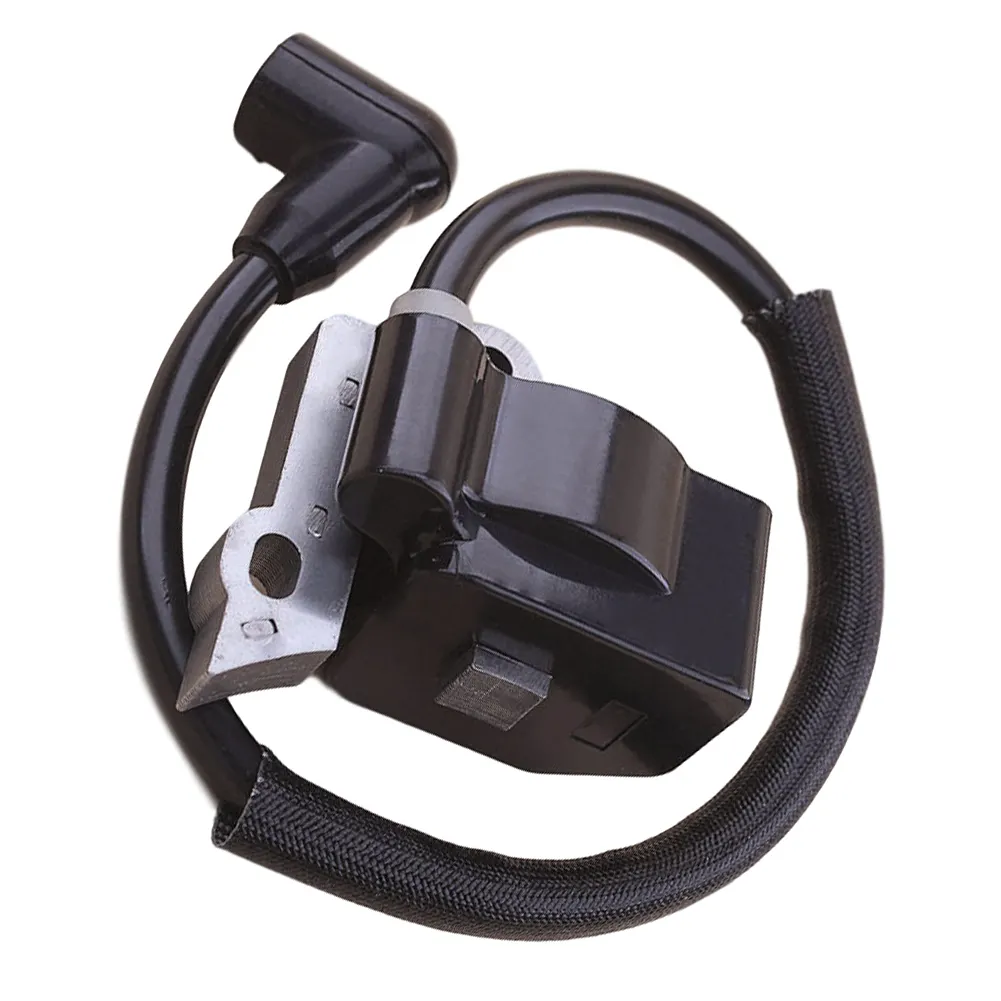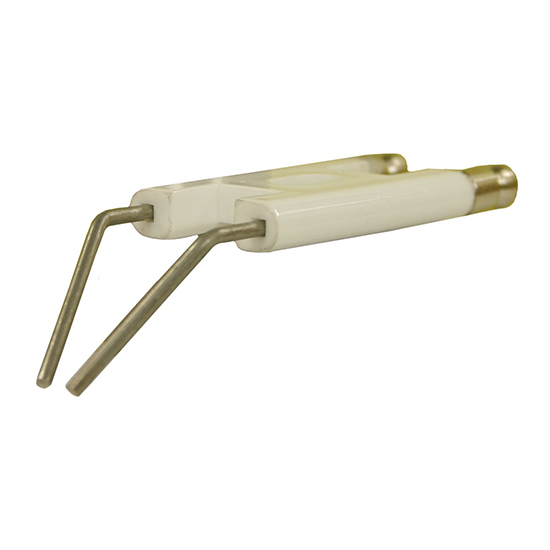[00:00] In this lesson we'll take a look at installing Ignition on Mac OS. So first thing you're going to want to do is, head over to our website, inductiveautomation.com, go to our downloads page and grab the installer DMG for OSX which you can see I have right here. You'll want to double click on the dmg to mount it and then you should see the contents in there. From here we can find the application inside, then we can either double click on the application to run the install wizard or we can control + click and select open. Now this does require administrator privileges to install so go ahead and type in your password there. And you should see the install wizard appear. I'll hit next to begin. Now the first choice you have to make is where do you want to install this. We do have a suggested default location but of course you can change that if you feel the need to. I'm going to leave that right there and hit Next. Next you'll need to select an installation type.
Start it upTurn it onWe can ride this stormA grip of hope in our hands For the coming dawnUp to our necks in complexitiesCausing us to pauseAs we collect our. Buy Ignition & Battery Sealer 11.5 oz Spray-On - MAC 1067 online from NAPA Auto Parts Stores. Get deals on automotive parts, truck parts and more. E-MAG’s are the exception. They have a purpose-built electronic ignition, mated with a built-in permanent magnet alternator. E-MAGs automatically shift between the internal alternator and external (aircraft bus) power as needed – no operator action required. Song 'Ignition' by 'TobyMac'. Requested by: dsjd12 Copyright Disclaimer Under Section 107 of the Copyright Act 1976, allowance is made for 'fair use'? Ignition is cross-platform compatible so it can run on Windows 10, and Windows Server 2016 and 2019 as well as Linux and macOS. Ignition can run on any device including PCs, laptops, servers, tablets, smartphones, remote field devices, and even Raspberry Pi’s.

[01:01] If you're new to Ignition, I'd recommend you select Typical. The Typical option installs our most commonly used modules leaving out some of the less common specialty modules. Modules if you're unfamiliar provides some of the larger feature sets within Ignition. The custom option allows you to pick which modules to install, as well as provide an opportunity to upload third party modules during the installation process. In either case, you can always add and remove modules after the installation process so no need to worry too much about this decision right now. I'll select Typical. Alright and we're ready to install. So I'll press the Install button. And I'll use the power of editing to speed this part up so you don't have to wait for the whole thing. And with that we're at the end of the install wizard. We do have some checkboxes here. The Start Ignition Now checkbox will attempt to start Ignition once we click Finish, which leads us into the commissioning process. The Install Service checkbox will mark Ignition as a service on the local Operating System. I'm going to leave both of these checked and click Finish.

Ignition Machine Learning


Ignition Machine Monitoring
[02:06] Next you're going to notice a browser open which is going to take us to phase two which is something we call system commissioning. Now the first step of commissioning is selecting an addition. We do have three. We have Maker, Edge and Standard. Standard being the center option there. If you're uncertain of which one to install, I would recommend installing the Standard edition. Both Maker and Edge are built off of Standard Ignition but there are some features they just don't have. So if you're trying to work your way through all of Inductive University here, some of the challenges will require Standard Ignition. So I'll select the Standard option. Next we have an End User License Agreement. Go ahead and work your way through that. If you accept select the I have read and agree with the terms and conditions and click Next. Next, you'll need to create an initial user. This user account is how you'll access this Ignition installation and do things like build a project. You can always add new users later as well as change the password on this user but for right now, go ahead and type in some credentials you'll remember. And yes we do make fun of you for using a very weak password. Go ahead and click Next.
Ignition Machine Learning

Ignition Macros
[03:09] Next would be the HTTP configuration. Ignition uses a lot of ports for communicating with different things. This allows you to pick certain ports for those types of communications. You can always change these later. So I'm not going to worry about this too much. I'm just going to use the defaults. I'll click Finish setup, and then I'll click Start Gateway. And I'll speed this part up too so you don't have to wait. Now Safari is giving me a prompt asking me to remember the password I typed in earlier. I'm going to click Not Now and with that we've arrived. You're looking at what we call the Gateway's web interface, which allows you to make a bunch of high level changes to your system. If you check the address bar, you'll see we're at localhost or the system's local IP address on port 808 which is one of those HTTP ports we saw earlier. You may want to bookmark this page in your browser so you can easily return here later. And with that congratulations you now have Ignition running on your system. If you're ready to dive in now would be a good time to take a look at the designer launcher video here on Inductive University which gets you closer to building a project.